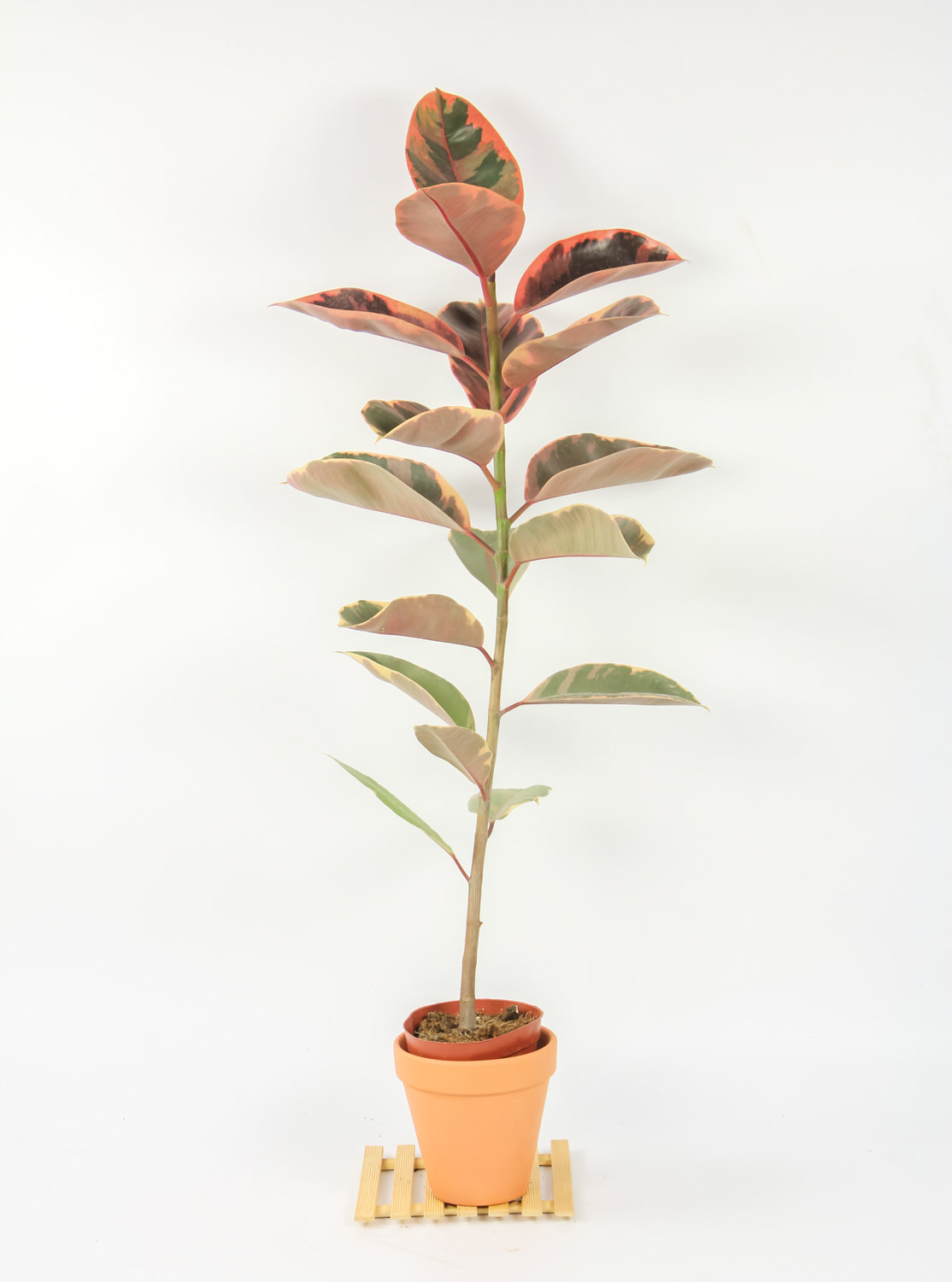Situations requiring migration:
Let's first understand what circumstances need to be transplanted
1. During normal breeding, the basin also needs to be changed every 2 years, which is more conducive to its growth
2. As the plant grows slowly, the small flowerpot used at the beginning of planting has limited its growth. In this case, transplantation should also be carried out
3. When the diseases and insect pests are serious, they also need to be transplanted. Some pests will live deep in the basin soil and recover in the next year when the environment is suitable; Some diseases will make the soil unable to continue to provide healthy nutrients, so transplantation should also be carried out at this time

Transplantation method
In the process of transplantation, try to select ceramic pots with good air permeability. The soil can be mixed with plain sand, rotten leaf soil and garden soil
Do not hurt the root during transplantation. If it is an ordinary transplantation, you can bring some original flower soil, which is conducive to the recovery after transplantation
If there are diseases and insect pests, the soil shall be washed clean before transplantation, and the rotten part shall be trimmed off. After the wound becomes dry, it shall be transplanted into a new flower pot

Maintenance after transplantation:
After transplantation, it can be watered, but it must be strictly prevented from ponding. Keep the soil moist. If the environment is dry, spray water around the plants from time to time, which is more conducive to the plants to absorb water and ensure sufficient moisture

 how many times do yo...
how many times do yo... how many planted tre...
how many planted tre... how many pine trees ...
how many pine trees ... how many pecan trees...
how many pecan trees... how many plants comp...
how many plants comp... how many plants can ...
how many plants can ... how many plants and ...
how many plants and ... how many pepper plan...
how many pepper plan...





























